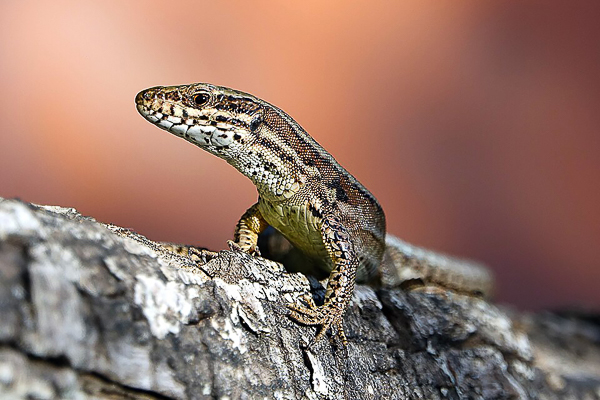 Credit: natur&ëmwelt
Credit: natur&ëmwelt
Luxembourg has what is known as a Temperate Climate in which winters are generally mild and summers comparatively cool, with rainfall that can be high; its flora and fauna have thrived in, and adapted to, this climate over the centuries and millennia, with ongoing challenges due to pollution and recent climate change, as well as the introduction of non-native species, resulting in disruptions to the norm.
Nevertheless, with various initiatives and organisations helping the ecosystem and habitat, including sustainability and re-wilding, there is a lot happening in nature across the Grand Duchy.
Chronicle.lu has teamed up with natur&ëmwelt (the non-profit organisation (naturemwelt), the foundation (Hëllef fir d'Natur) and the Wildlife Care Centre (Flegeestatioun)) for a series of articles on Luxembourg's fauna in which we look at various mammals, birds, insects, amphibians and aquatic animals, as well as touching on vanishing species returning to Luxembourg, focussing on their lifestyle and habitat, including when and where to observe them.
No. 11 in this series focuses on the Common Wall Lizard of the Wengertsbierg (Podarcis muralis).
The common wall lizard is a nimble, sun-loving reptile often seen darting across rocks and walls. It is a fascinating species for its adaptability and its role in controlling insect populations.
This small lizard typically measures 15 to 20 centimetres in length, including its long tail, and weighs just a few grams. Its body is slender, with smooth scales and strong limbs for climbing. Colour varies - usually brown or grey with darker markings - but some individuals display green hues, especially in southern populations. The underside can be white, yellow or even orange. Its claws and long tail help it grip vertical surfaces and escape predators, while its camouflage blends it into stone and dry vegetation.
Lifestyle
The common wall lizard feeds on small insects, spiders and other invertebrates. It is a diurnal species, most active in sunny weather. These lizards are generally solitary and territorial, especially males during the breeding season. Mating occurs in spring, and females lay two to ten eggs in warm, hidden spots like crevices or under stones. The eggs hatch in summer after six to ten weeks. Juveniles are independent from birth and grow quickly. The species hibernates in winter, seeking shelter in cracks, walls or underground burrows.
Habitat
True to its name, the common wall lizard is often found on sunlit stone walls, rocky slopes, ruins and even urban areas. It thrives in dry, well-drained habitats with plenty of cover and basking spots. Though native to southern and central Europe, its range has expanded in some areas due to human activity. In Luxembourg, it prefers south-facing rocky areas, old stone walls and vineyards. Threats include habitat loss and invasive predators.
Where and When to Observe It
The Wéngertsbierg, a former wine-growing hill facing due south overlooking the River Moselle, is an ideal place to observe the wall lizard. It is often spotted on old dry stone walls, fallow terraces or sunny embankments. Present mainly from April to September, it likes to warm up on warm surfaces in the mid-morning or late afternoon. Avoid times that are too cool or too hot: this small reptile is discreet but curious, and can be observed from afar, without noise.
Observation Tips
To increase one's chances, walk slowly along sunlit walls or rocky paths on warm days. Look for quick movements or basking lizards. Keep quiet and avoid sudden gestures - lizards are easily startled. Do not try to catch or disturb them.


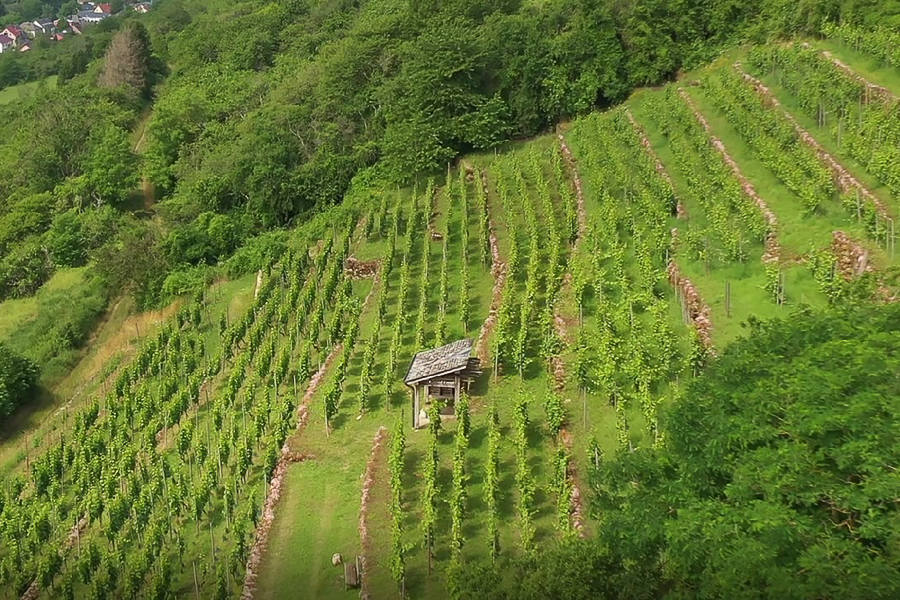
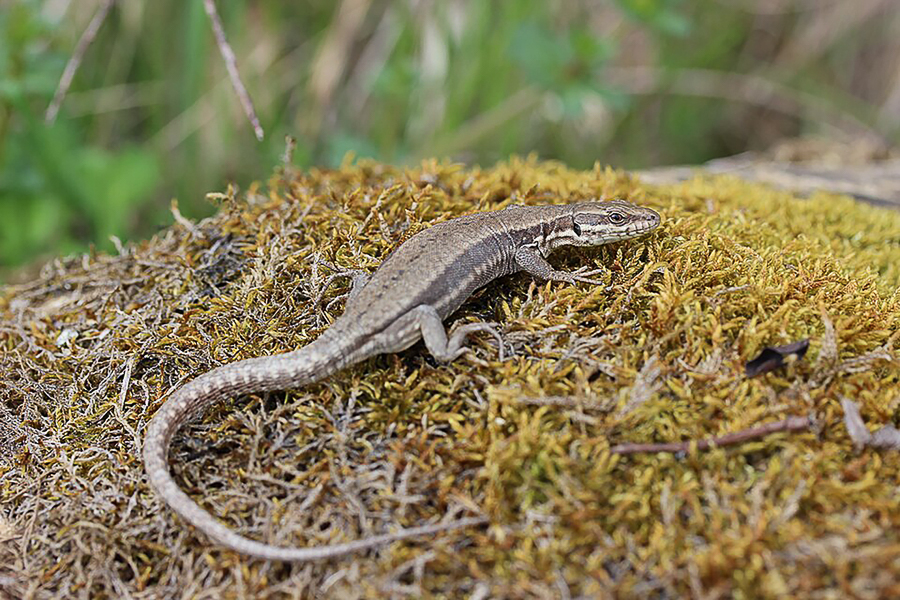
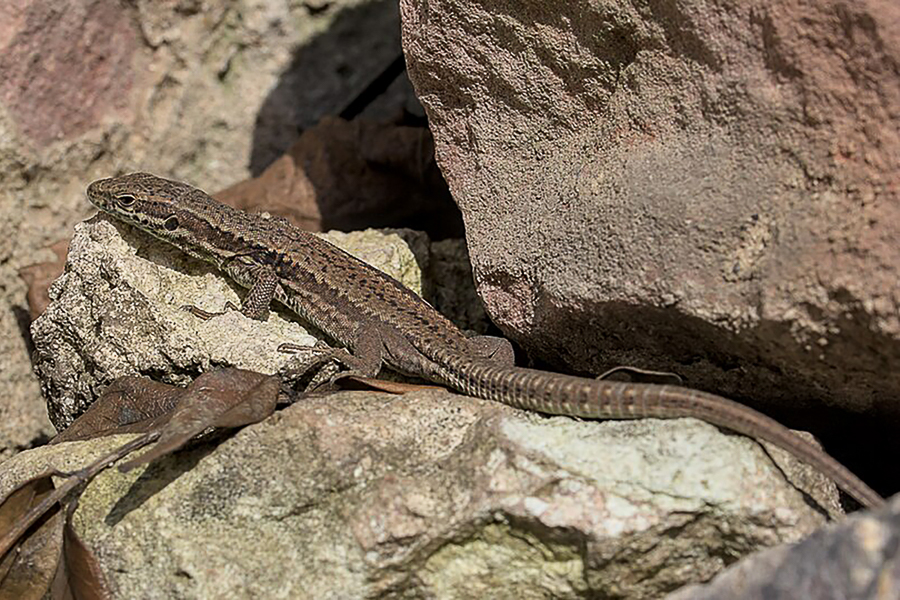
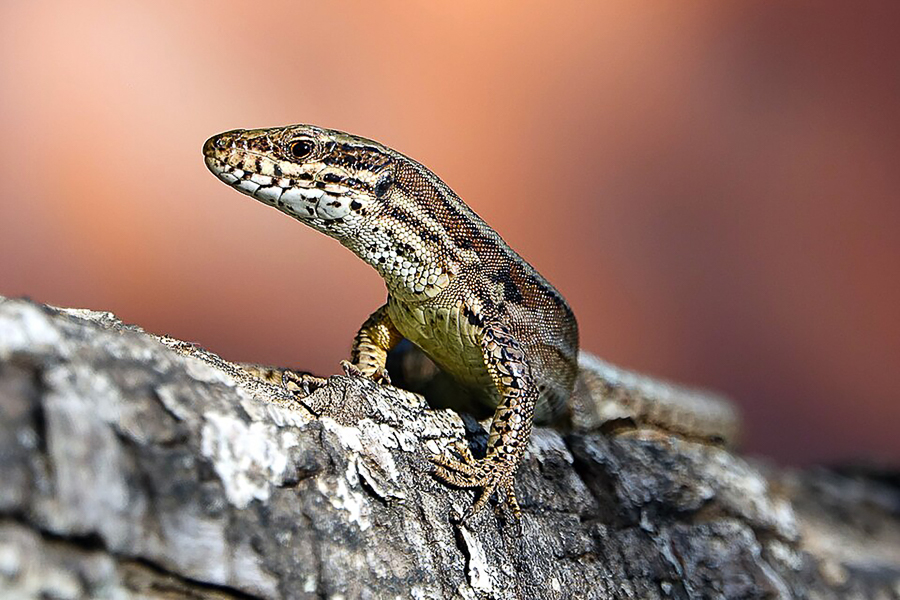
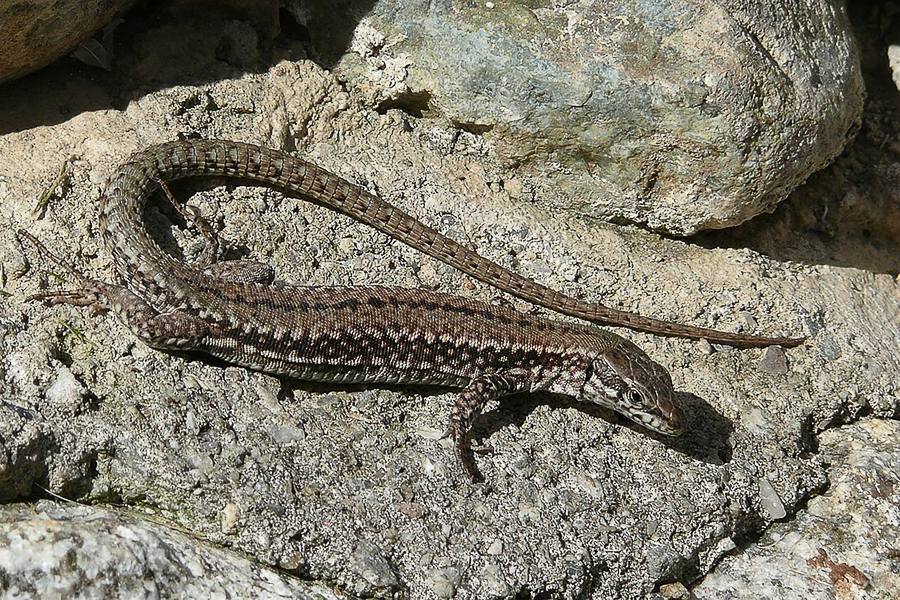

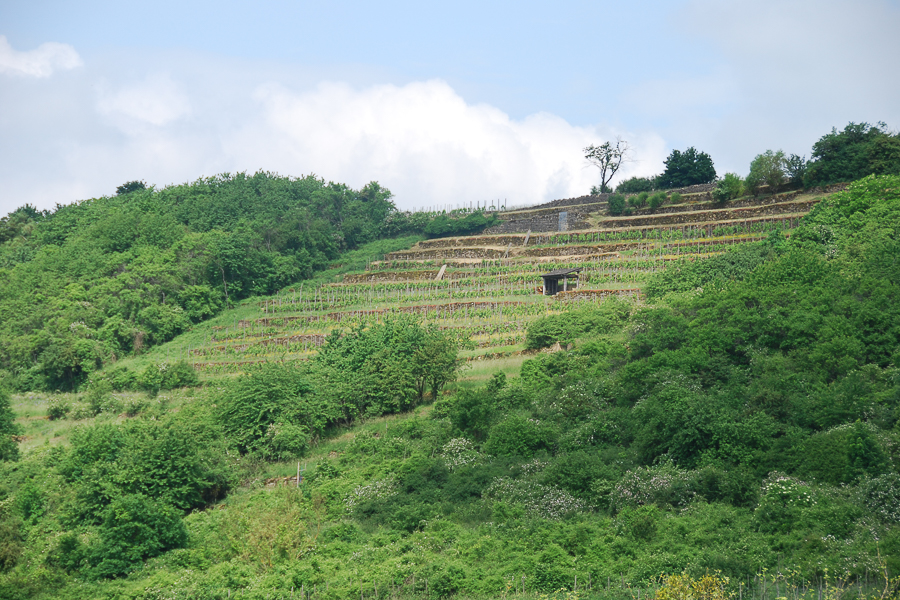
.jpg)







